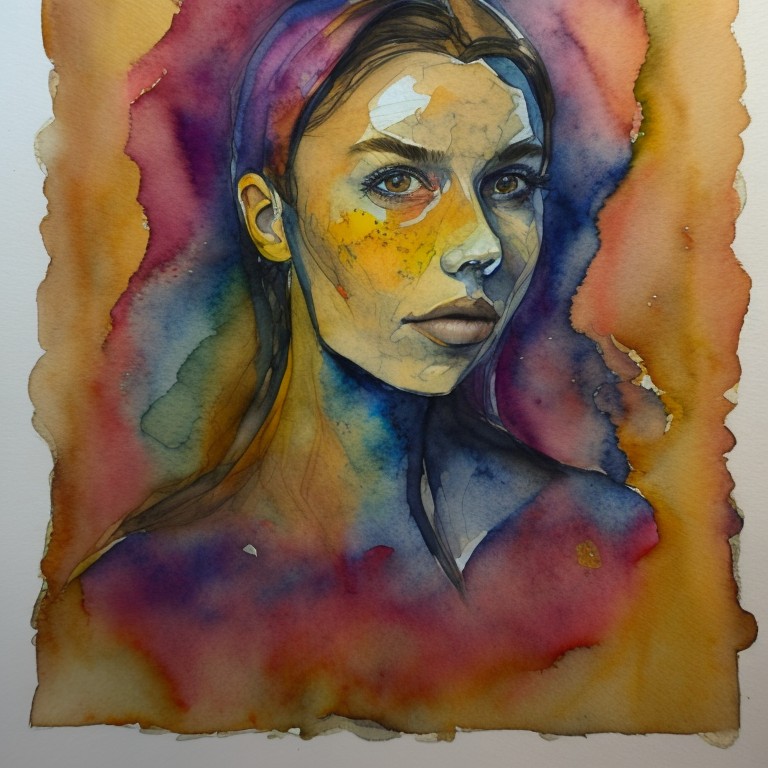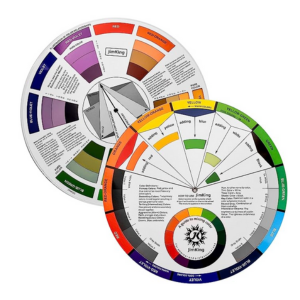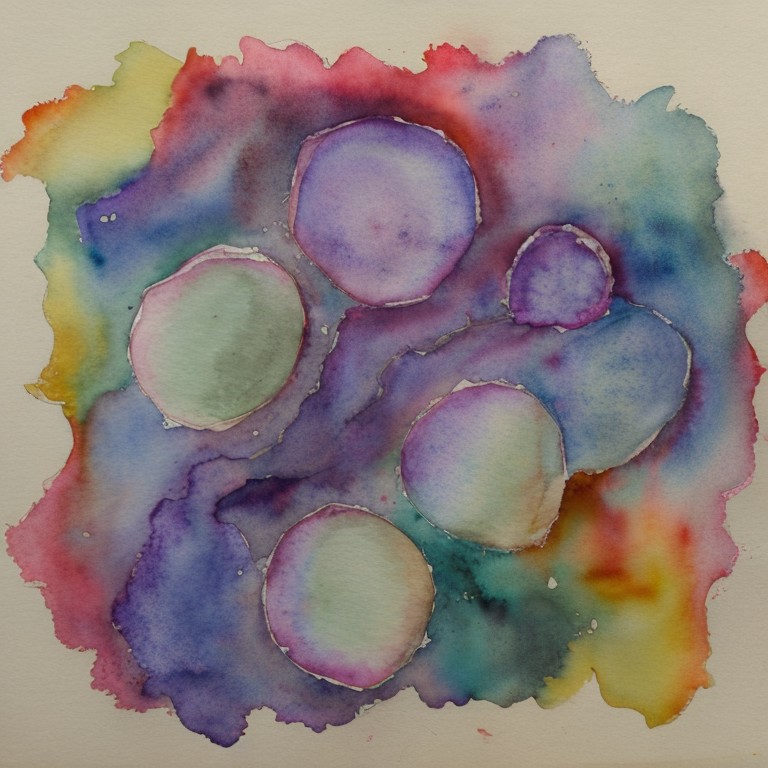Why do my watercolors look muddy?
This article will discuss the causes and solutions to muddy watercolors. Mud is a common problem that can occur in any medium, but it’s especially prevalent in watercolor painting because of the nature of the medium itself. I’ll be explaining each of them with some helpful tips and tricks that you can use to avoid getting muddy colors in your watercolor paintings.
Table of Contents
- Why do muddy colors happen in watercolor painting?
- Adding too much water to your paint
- Mixing too many pigments
- Use color theory to avoid mud.
- Using a dirty brush or palette
- Mixing colors on the paper
- Conclusion
Why do muddy colors happen in watercolor painting?
You may get muddy colors when:
- you add too much water to your paint, causing the pigments to separate from each other and create an uneven texture on your canvas or paper.
- you mix too many pigments,
- you use a dirty brush,
- you use a dirty palette,
- you add a color on top of another one that is still wet
Adding too much water to your paint
Adding too much water to your paint can cause the pigments to separate and create an uneven texture on your paper, resulting in a muddy and washed-out appearance. To avoid this problem, use less water when mixing your paint or let each layer dry completely before adding another layer. This will prevent the pigments from bleeding into each other and creating that muddy appearance.
Remember that achieving the right balance between water and pigment is essential in watercolor painting. With some practice and patience, you can master using just the right amount of water in your paint.
Mixing too many pigments
Another common reason for getting muddy colors in your watercolor paintings is mixing too many pigments together. This can result in a loss of vibrancy and a muddy appearance.
Limiting the number of pigments you use in each painting is important to avoid this issue. Try to stick to two or three pigments at most. This will help to ensure that your colors remain bright and vibrant. If you use only the primary colors: cyan, magenta, and lemon yellow, you should never get muddy colors.
Beware of ready-made colors you could buy, like greens or oranges, as they are already a mix of different pigments. So if you mix an orange and a green, chances are that you are mixing five or six different pigments and increase the risk of having muddy colors!

Use color theory to avoid mud.
The color wheel is a helpful tool to help you understand how colors relate to one another. It comprises three primary colors (pink, yellow, and blue) and their opposites on either side of the wheel.
- Analogous: The colors next to each other on the color wheel are analogous; they share some qualities but also have distinct differences that make them work well together in harmony. For example, blue-green and yellow-green are analogous because they contain some green but are different enough not to look muddy when paired together (i.e., not too close).
- Complementary: Complementary colors sit opposite each other on the color wheel–for example, red/green or orange/blue–and can quickly turn into mud if you mix warm and cool colors. So before adding your color directly to your painting, do some tests on scrap paper.
This is the color wheel I’m using:

Using a dirty brush or palette
When a brush or palette is dirty, the pigments from the previous color can mix with the new color, creating a muddied effect.
To avoid this problem, thoroughly cleaning your brush and palette between colors and painting sessions is essential. You can clean your brush by rinsing it in water and then wiping it on a clean towel or paper towel. If there’s still paint on the brush, you can use a brush cleaner or soap and water to remove it. As for your palette, you can wipe it down with a damp cloth or sponge after each use to prevent any remaining paint from mixing with your new colors.
Mixing colors on the paper
Have you ever added color on top of wet paint in your watercolor painting and ended up with a muddy effect? This is a common problem that can be frustrating for artists.
When you add color on top of wet paint, the pigments can mix and blend with the wet paint underneath, causing the colors to become muddy and lose their vibrancy. Unless you’re working wet-on-wet and you’re looking for a specific effect.

To avoid getting a sticky, paint-filled roller, let one layer of paint dry before you add another. This will allow each layer to dry and set before adding another layer on top, allowing for more control over the colors and preventing them from blending together.
If you’re working on a tight deadline and need to speed up the drying process, you can use a hairdryer on a low heat setting to dry the paint. Be careful not to overheat the paper or create hot spots, which can cause the paper to warp or buckle.
By allowing each layer to dry completely before adding the next one, you’ll be able to achieve more control over the colors and avoid getting muddy colors in your watercolor painting.
Conclusion
Watercolor painting can be a beautiful and expressive medium, but it can also be challenging, especially when avoiding muddy colors. By following these tips and techniques, you can prevent getting muddy colors in your watercolor paintings and achieve more vibrant and dynamic results.
Keep exploring, keep learning, and keep creating. The possibilities are endless!


